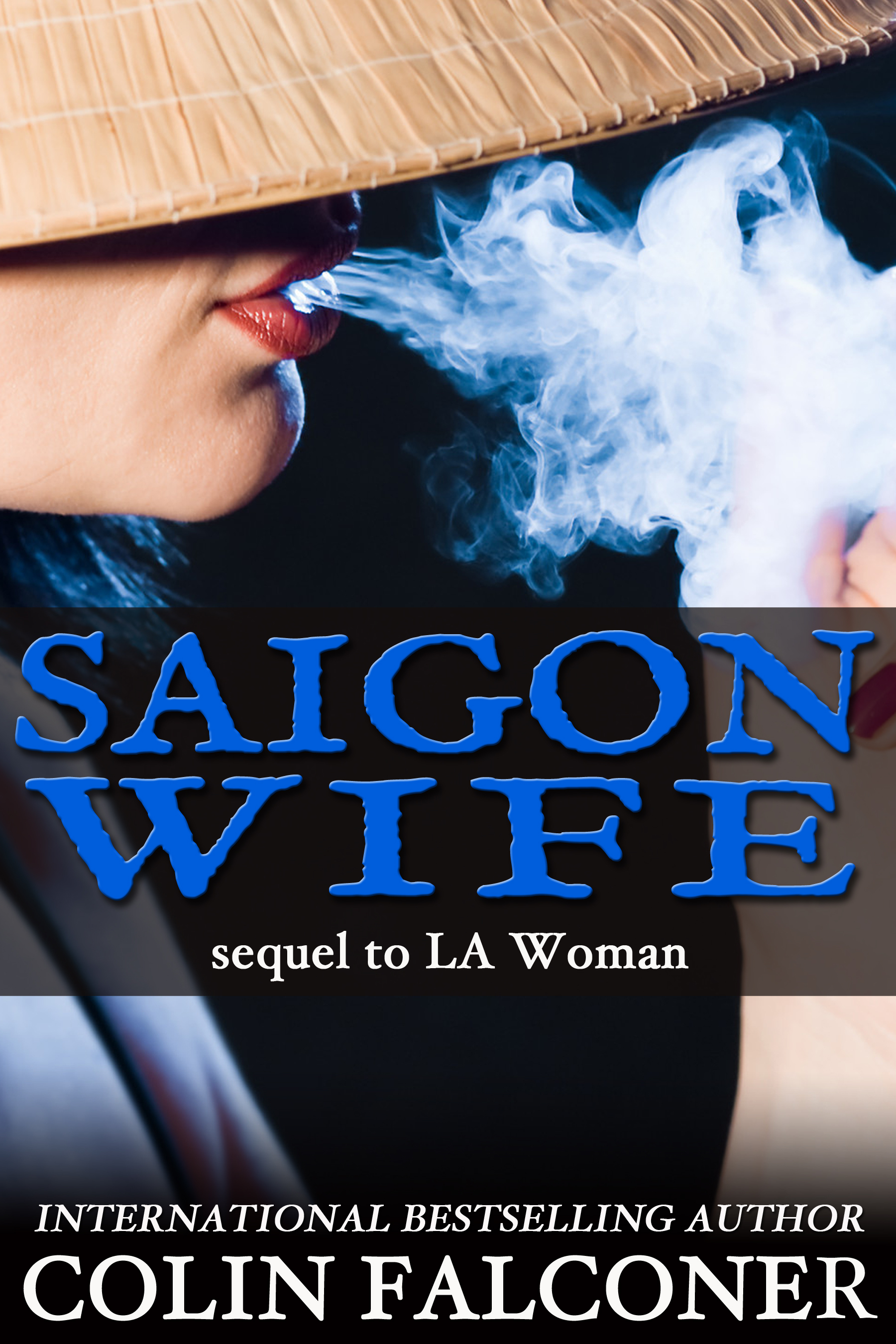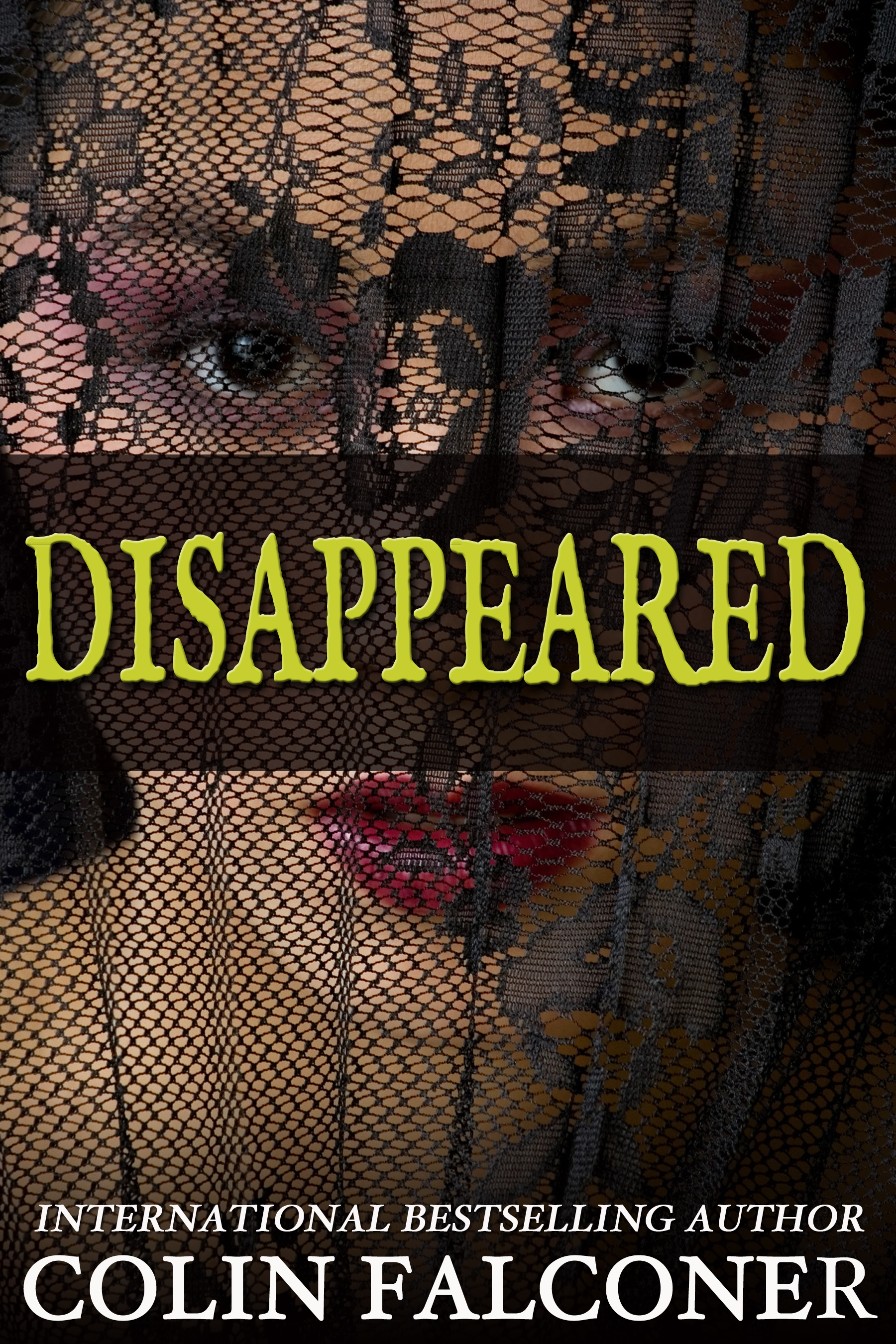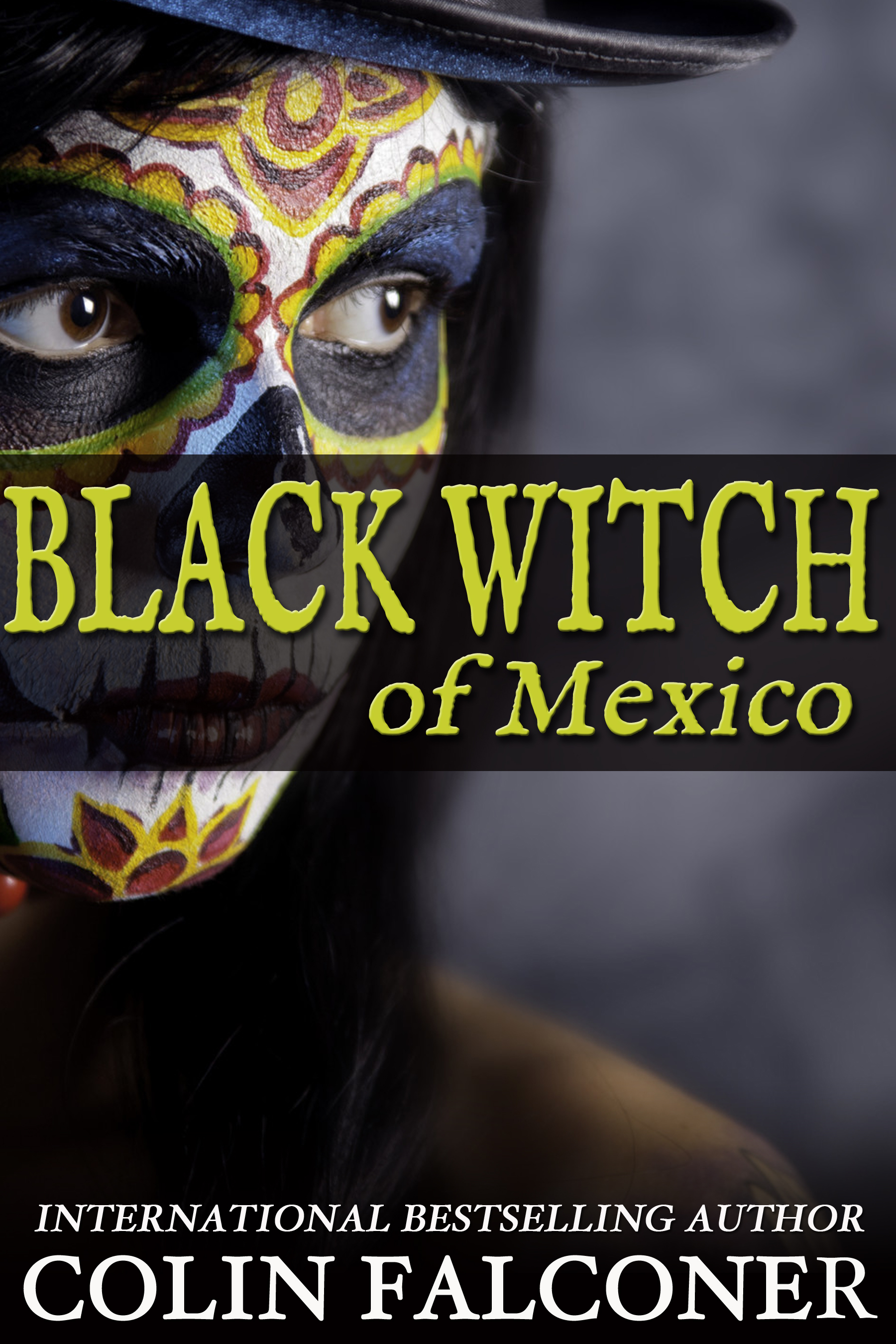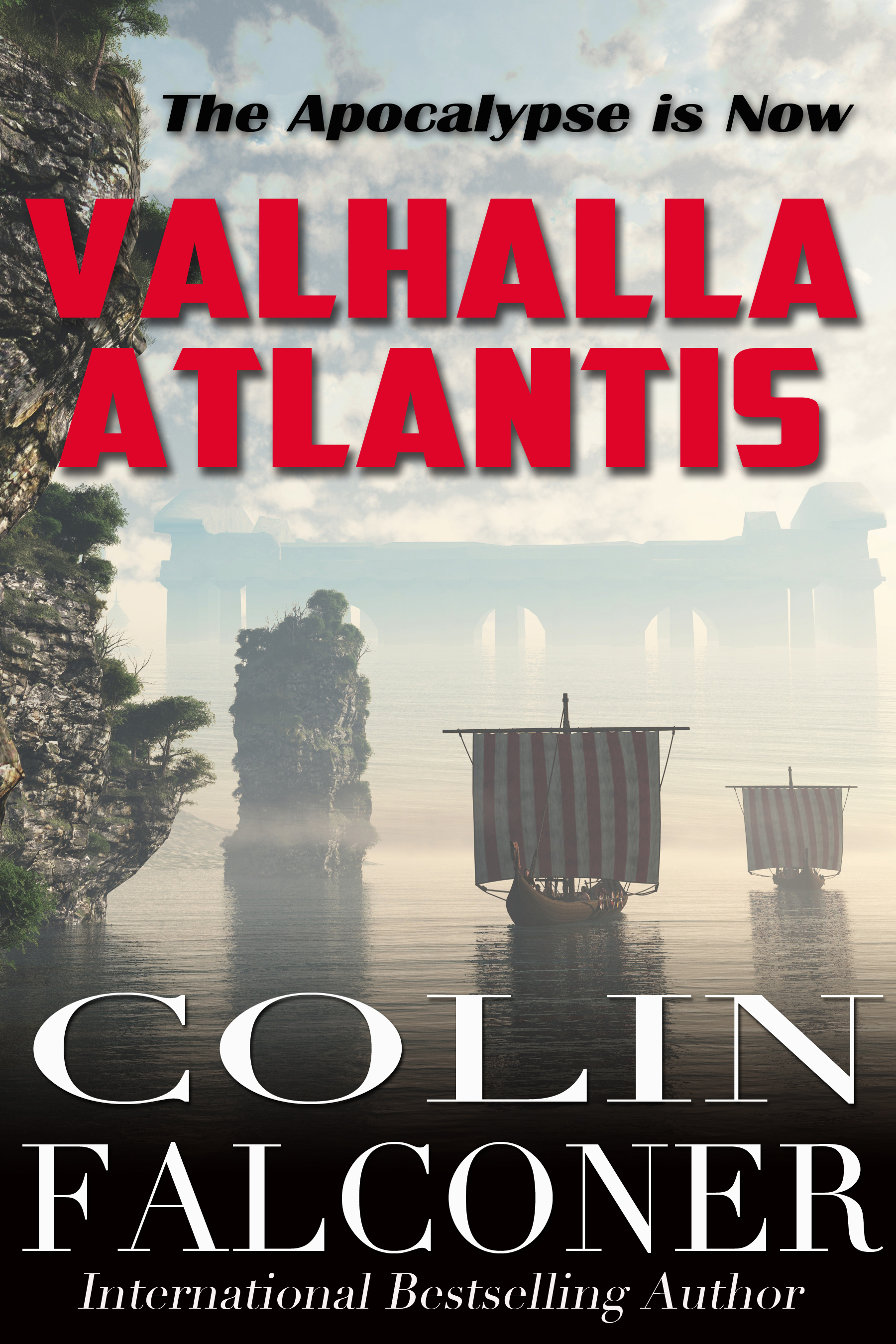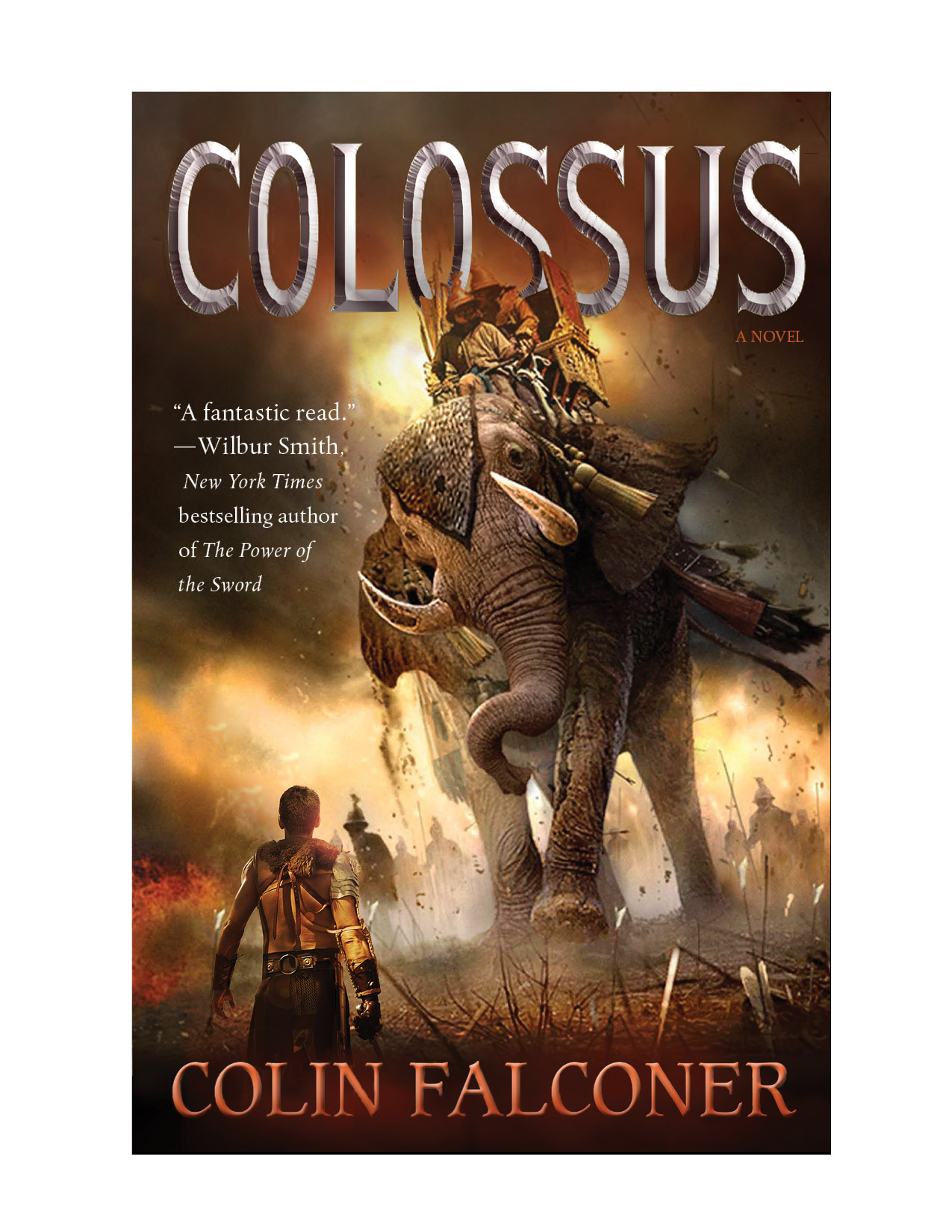Join me at the Falconer Club, for selected excerpts and to get free Exclusive Review Copies of my books. JUST CLICK THE FACEBOOK LOGO AT TOP RIGHT!
The Vikings: who were they, what were they?
SOURCE: helgi-halldorsson
No one seems sure any more.
They have arced from slavering thugs brandishing axes and erections to the revisionist view of them as Renaissance men with short tempers and an interest in gardening and travel.
Or there’s the TV series.
So what do we really know?
Well, let’s start with the obvious things: the horned helmets.
No, they never wore them.
They were first worn as props for the performance of Wagner’s Ring Cycle at the first Bayreuth Festival in 1876.
They were much a part of Viking wardrobe as Mel Gibson’s kilt was to thirteenth century Scots.
The Vikings only used horns for drinking beer and blowing into as a means of communication: ‘I’m pissed and now I’m coming home.’
Not only did the Vikings not wear horned helmets, they weren’t called Vikings.
‘Viking’ is not a noun, it’s a verb.
Scandinavian men traditionally took time out of their summers to go “vikingr.” The itinerary for such expeditions varied, but the main aim was to turn a profit, either from trade, working as a mercenary, or raiding monasteries and unprotected town for loot and slaves.
Raid or trade, it was all the same to them.
Going vikingr was a summer job. Most of these men, who lived in rural chiefdoms in Norway, Sweden and Denmark, were villagers first, pillagers second and on their return they would resume their agricultural routine.
So were these Norsemen really that violent?
Oh, you bet they were.
There were no sensitive new age Norsemen.
These men were not just warriors, they were very good ones. The Varangian guard of the Byzantine emperors in the 11th century was made up entirely of Swedish warriors.
But this was a violent age and although they were brutal, they weren’t especially … well, severe.
If history has recorded them as barbarians, it is perhaps because the men writing that history - the Christian monks of Britain - were the Norsemen’s prime targets.
The Christian monasteries of the time were unguarded treasure houses of loot and the Norsemen must have enjoyed taking it. Increasingly subject to Christian persecution and forced baptisms in their own lands, the sight of an unarmed monk must have really got the juices flowing.
Payday and payback all at once.
These men not only knew how to use a sword, they knew how to make one.
They were skilled weapon-smiths and made highly prized pattern-welded swords. They were also brilliant navigators, they sailed along rivers into the far reaches of Russia, as far as the Caspian sea, and may have reached as far east as Baghdad.
In fact, the largest body of written sources on the Vikings in the 9th and 10th Century is in Arabic.
And forget Columbus.
The Norsemen already knew about America. They reached Labrador and Newfoundland in the eleventh century and even set up colonies there - after they had already colonised Iceland and Greenland.
They may have been vicious, but these ‘barbarians’ also pampered themselves like a male model in a Bulgari commercial.
Archaeological finds have included tweezers, combs, nail cleaners, ear cleaners and toothpicks.
An anonymous Anglo-Saxon letter has a man admonishing his brother for giving in to the ‘Danish fashion with a shaved neck and blinded eyes’. Blinded eyes probably meant a long fringe.
So these savages had plucked eyebrows and reverse mullets.
No surprise the monks of Lindisfarne were running scared.
And despite the drinking, raping and general bad behaviour, it wasn’t all frat week.
The 300-year era of their martial and navigational primacy eventually becomes a story of immigration and assimilation.
The Norsemen started bringing women with them on their travels, instead of taking them away. Conquest became colonisation.
The Normans, who took the throne of England in 1066 were descended from Norsemen who won feudal control over Northern France. Even before that, there had been two Danish kings of England.
Once they settled down, they then gave the west its first long-running action dramas; the Icelandic sagas were the probable forerunners of … well, “The Vikings.”
So there you have it.
They were, as we first thought, violent bastards. But more Don Corleone at the opera than Tony Soprano in a singlet.
Which was why, if you saw them sailing into your bay with their supper-savers and perfectly manicured nails, there only ever was one choice.
Run.
COLIN FALCONER
Come meet me at the Falconer Club, for exclusive excerpts and the chance to win copies of my books. JUST CLICK THE PICTURE ABOVE!
Like this:
Like Loading...




